Back in the 1960s, when the National Aeronautics and Space Administration (NASA) was sending astronauts into space, women could only dream about one day floating through the corridors of a space shuttle. But in 1978, all that would finally change when NASA reversed its policy of sending only men into space. Suddenly the doors were open for women to finally walk through. Unfortunately, it was far easier for white women to walk through the door than it was for women of color.
The first woman to fly into space was a Russian woman named Valentina Tereshkova, who flew a solo mission on Vostok 6 back in 1963. It would take America twenty more years to catch up before sending Sally Ride in 1983. It would take another nine years before an African American woman would find her place in space, even though during that time several white women were making the journey.
According to the article “Why Is Space Still So White,” published in Marie Claire, of the 350 astronauts that NASA has chosen, only six are African American women, and only three of those women have ever made it to space: Mae Jemison, Stephanie D. Wilson, and Joan Higginbotham. Higginbotham is the third and so far the last African American woman in space.
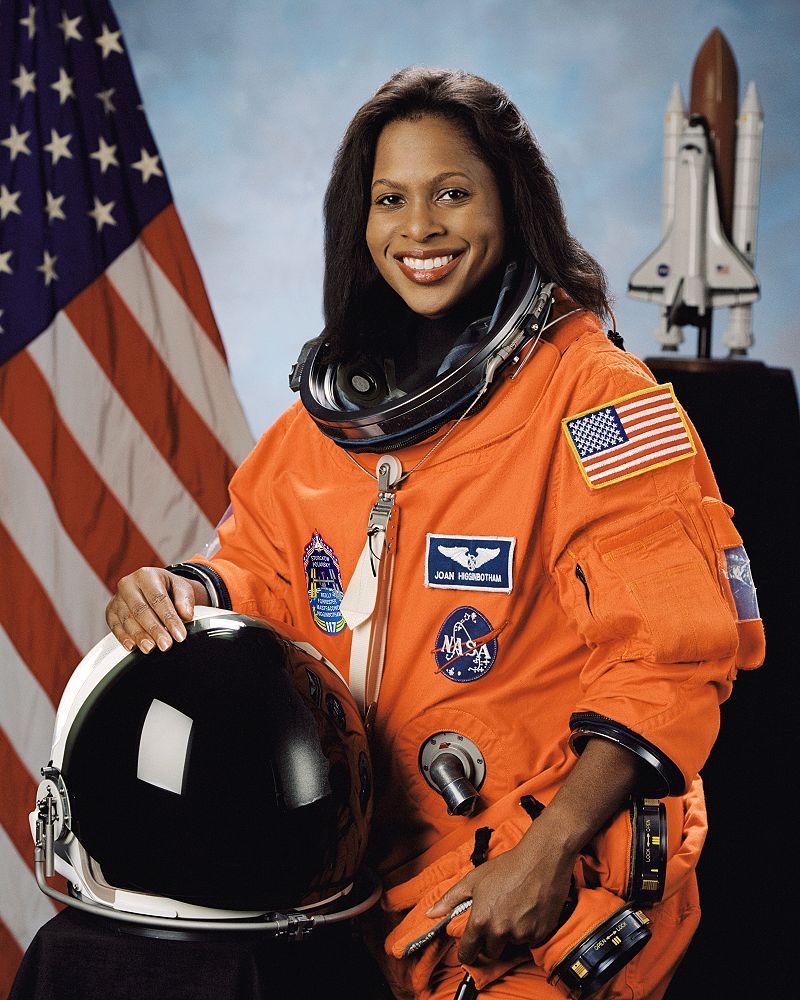
Joan Higginbotham was born in 1964 and spent her childhood in Chicago, Illinois, graduating from Whitney Young Magnet High School in 1982. In 1987 she got her first degree, a Bachelor of Science in Electrical Engineering, from Southern Illinois University at Carbondale. Unlike many of her fellow astronauts, Higginbotham never had any great dreams of flying into space. There were never any drawings of her taped to her parents’ fridge showing her as an astronaut bouncing on the moon.
In fact, the thought of being an astronaut or even working for NASA never crossed her mind. But for those of us who believe in Fate, the universe has a way of putting people and situations in our paths that guide us toward where we are supposed to be. Even though Joan Higginbotham didn’t plan on being an astronaut, clearly that was what she was meant to do. And it was a lack of available engineering jobs at IBM that drove her to NASA.

Higginbotham explains in an InStyle interview that they just happened to be recruiting engineers and she got a call asking, “Do you want to come launch space shuttles in Florida?” And the rest, as they say, is history. Just imagine how different history would be had IBM had a spot for her. Or if she never got that fateful phone call. Higginbotham was involved in dozens of shuttle launches and made her presence felt during her tenure.
Her degree allowed her to start her career with NASA as a Payload Electrical Engineer in the Electrical and Telecommunications Systems Division at the Kennedy Space Center. Higginbotham continued her education while working at NASA, earning a Masters of Management Degree in 1992 and a Masters in Space Systems in 1996, both from the Florida Institute of Technology.
Even though Joan Higginbotham didn’t plan on being an astronaut, clearly that was what she was meant to do.
Higginbotham had a long and decorated career at NASA after joining. After her first position at the Kennedy Space Center, within a span of months she was tapped as the lead on the Orbiter Experiment on Space Shuttle Columbia. She has held many significant jobs in her time at NASA, working on the Shuttle payload bay reconfiguration for all shuttle missions, taking on special assignments as the Executive Staff Assistant to the Director of Shuttle Operations and Management, and leading a team of engineers doing a critical analysis of the Space Shuttle flow for simulation model tool, as well as assisting in putting together an interactive display at Spaceport USA to help visitors get a better understanding of the Space Shuttle processing procedures.
Higginbotham would serve as backup orbiter project engineer for the Space Shuttle Atlantis, working on integrating the orbiter docking station into the space shuttle used during docking missions with the Space Shuttle and the Mir space station. She would receive another promotion after her work on the Atlantis, this time becoming the lead orbiter project engineer for the Space Shuttle Columbia. In this position, she was the technical lead government engineer in the firing room, where she managed and supported integrating vehicle testing and troubleshooting. In her nine years at the Kennedy Space Center, she would take part in fifty-three space shuttle launches.

Later in her career, after completing her astronaut training, NASA chose Higginbotham as an astronaut candidate in 1996—setting her up to become only the third African American woman to fly on a space shuttle. She would make her stamp in history on the Space Shuttle Discovery in 2006, ten years after becoming eligible for a space flight assignment. Her duties on the shuttle during her 308 hours in space included adding the P5 spacer truss segment to the ISS outpost during four spacewalks.
Higginbotham and the other six members of her crew—the only crew in NASA history to have two African American astronauts—were also responsible for rewiring the power system in the space station so that it could handle the addition of European and Japanese science modules. The crew then took another spacewalk to handle an unruly solar panel. On the mission, Higginbotham’s primary responsibility—along with these other tasks—was to operate the Space Station Remote Manipulator System.
Higginbotham and crew finished up their twelve-day mission by dropping off over two tons of supplies and equipment, along with a crew member to the space station, while picking up equipment that was no longer needed to return to earth. This would be Higginbotham’s only venture out into space. She would retire in 2007, months before NASA assigned her to the STS-126 mission, which was scheduled to launch in September 2008.

Between her selection as a NASA candidate and her first and only space flight, Higginbotham held several land-based assignments at the Johnson Space Center. Her assignments included technical responsibilities in the Payloads & Habitability Branch, the Shuttle Avionics & Integration Laboratory, and the Kennedy Space Center Operations Support Branch. There, she made sure the modules of the International Space Station operability, compatibility, and functionality were all operating properly before they launched. She worked in the Astronaut Office CAPCOM Branch in the startup and support of space station missions and space shuttle missions as well. Higginbotham also worked in the Robotic Branch and led the International Space Station Systems Crew Interfaces Section.
You never know what mark your opportunities may lead you to make.
After Higginbotham retired from NASA, she began a long career in the private sector, holding high-ranking positions in several major corporations including Marathon Oil Corporation and Lowe’s Companies, Inc. Higginbotham has held director positions at Lowe’s in their Global Sourcing and Supplier Diversity departments, as well as at UTC Aerospace Systems and Collins Aerospace, where she is currently the Director of Open Innovation.
Joan Higginbotham is also the recipient of various awards and honors including the National Technical Association’s Technical Achiever (Engineer) award, National Space Medal, NASA Outstanding Performance award in 1992, 1993, and 1995, NASA Exceptional Service Medal, Commendation of Merit for Service to the Department of Defense Space Shuttle Missions, she has installations at the DuSable Museum of African-American History and the Buffalo Soldiers Museum, and an induction into the National Association of Negro Business and Professional Women’s History Hall of Fame among the countless other awards and honors Higginbotham has received.

Currently, Higginbotham has teamed up with Tide to tackle an issue she herself had to deal with as an astronaut in space. She is working on creating a laundry system that would not only allow astronauts to properly manage their laundry in space but would also allow them to recycle the wash water into drinkable water. With a system like that in place, space travelers would be able to be out on longer missions without worrying about the limited clothing items they have.
Higginbotham is an advocate for diversity in science, technology, engineering, and mathematics (STEM) fields. She noted that maybe she never thought about becoming an astronaut because she didn’t see people who looked like her going into space—which is why she says she tries to encourage girls of color to study and go into STEM fields so that we will see even more women of color making journeys into space.
Because of her strong work ethic, determination, and achievements, Joan Higginbotham continues to be a model for all young girls—especially girls of color—of what can be accomplished through hard work, commitment, and perseverance. Despite her many accomplishments, the thing that stands out most for me is how she strives to make things better for others. Her achievements show in how she speaks out about the lack of diversity at NASA, in her attempts to create a sustainable laundry system for other astronauts, and the work she has done in the private sector.
Higginbotham’s story shows us that sometimes the path we plan or think we are supposed to take just isn’t in the cards. But that doesn’t mean we should close ourselves off to opportunities we may not have considered. You never know what mark your opportunities may lead you to make.

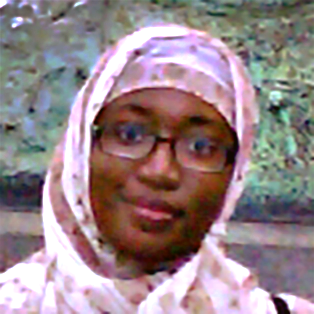
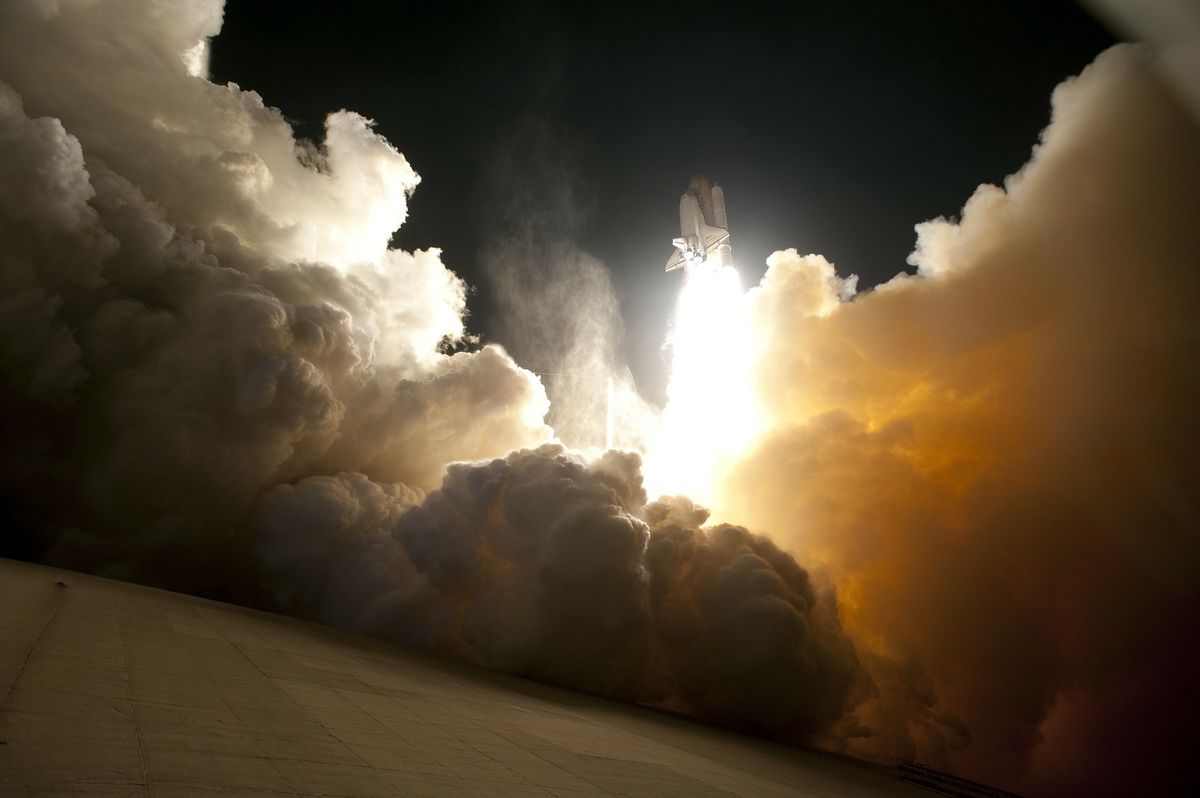

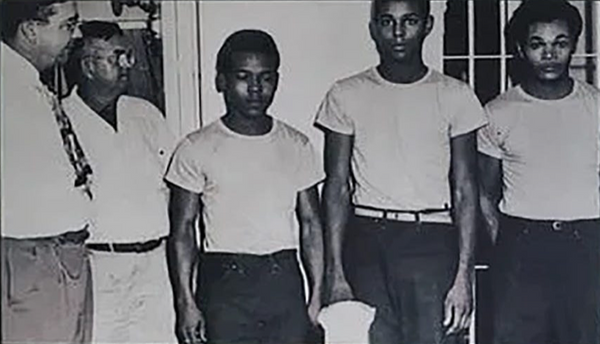
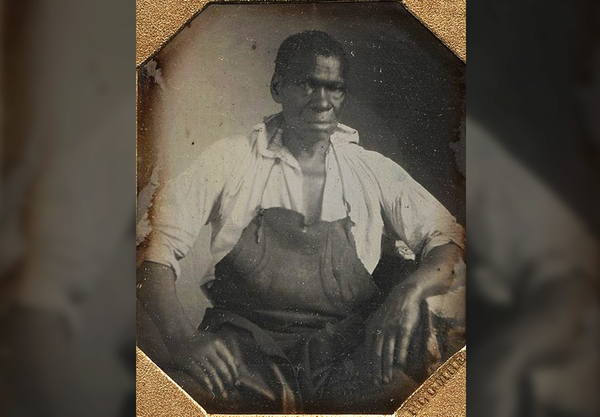


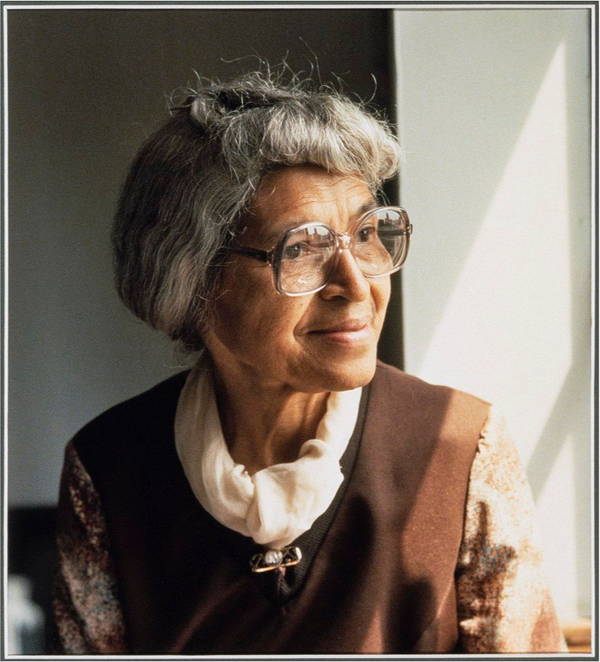
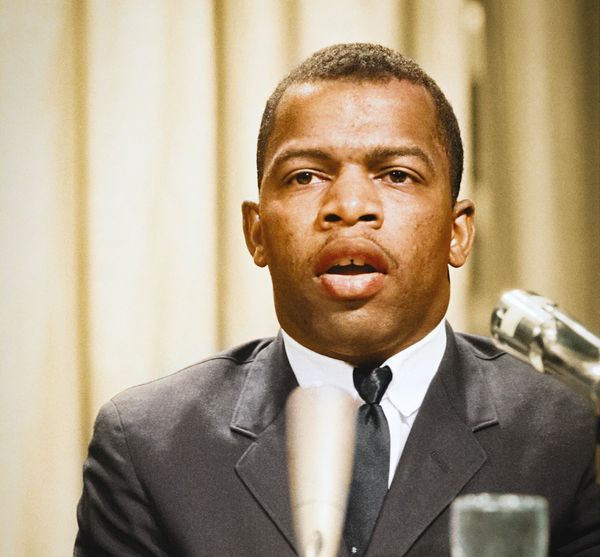
Member discussion